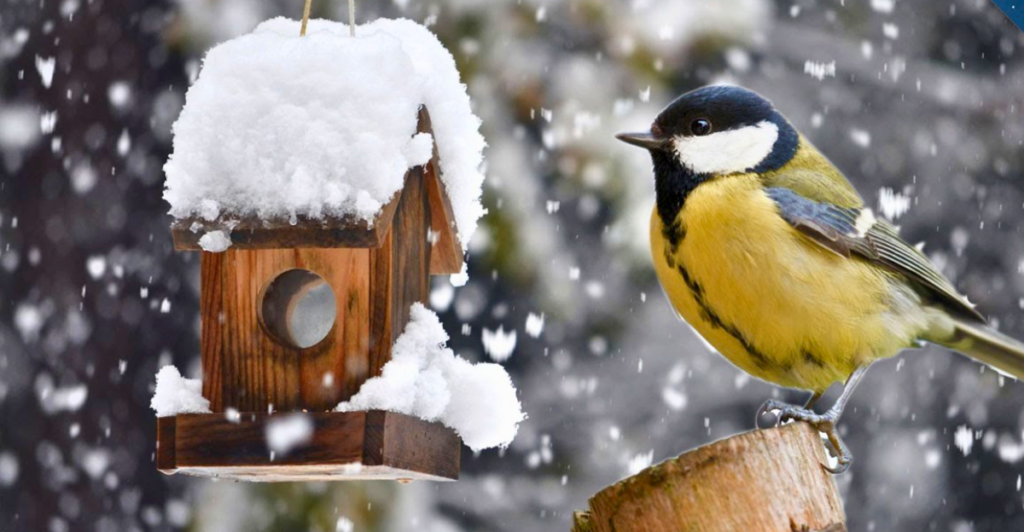
Winter can be a tough season for wildlife, but many backyard birds have developed incredible strategies to survive the cold months. From unique behaviors to physical adaptations, these resilient creatures amaze us with their ability to thrive. Here’s a closer look at how they do it and how you can help.
Feathers: Nature’s Insulation
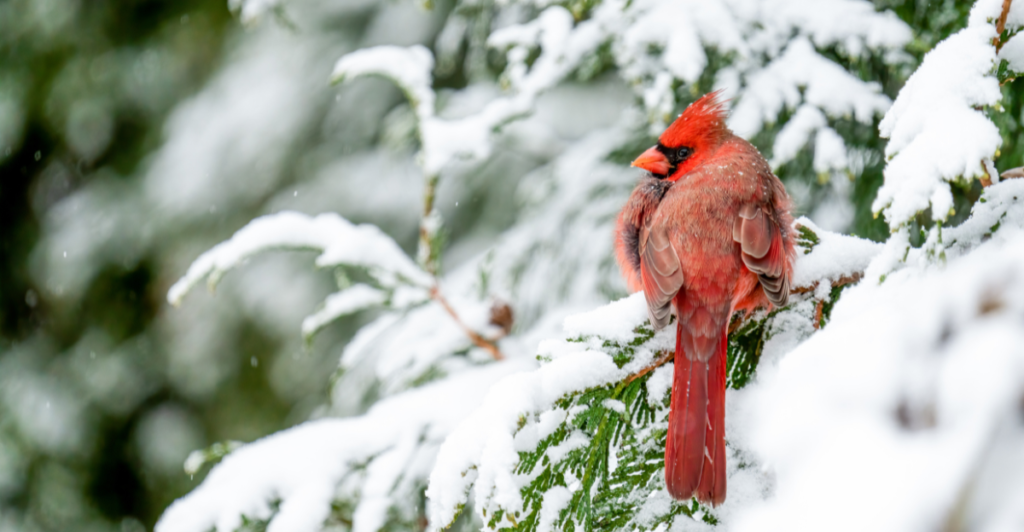
Birds rely on their feathers for more than just flight and appearance. Down feathers, in particular, provide critical insulation, helping birds stay warm even in freezing temperatures. Many birds grow additional down feathers in preparation for winter, creating a cozy layer against the cold.
Preening for Waterproofing
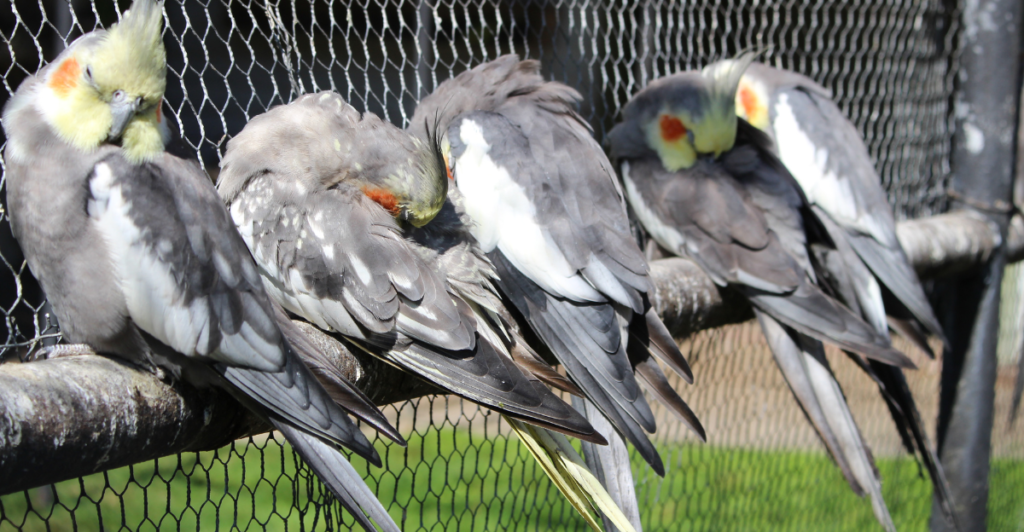
Cold weather brings wet conditions, but birds stay dry thanks to their preening habits. By spreading oil from specialized glands over their feathers, birds create a waterproof barrier. This helps insulate their bodies and keeps their down feathers dry, which is essential for maintaining warmth.
Food Storage and Adaptation
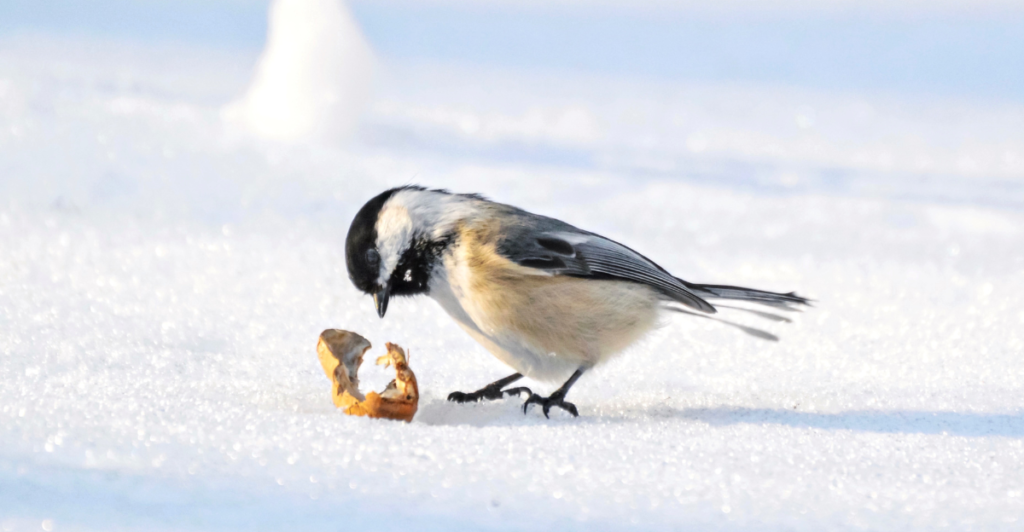
As natural food sources diminish in winter, birds turn to clever strategies to ensure survival. Some species, like the Black-capped Chickadee, store food during warmer months and remember hundreds of hiding spots. Others shift to high-energy foods such as suet and sunflower seeds to fuel their increased metabolic needs.
Torpor: A Winter Survival Mode
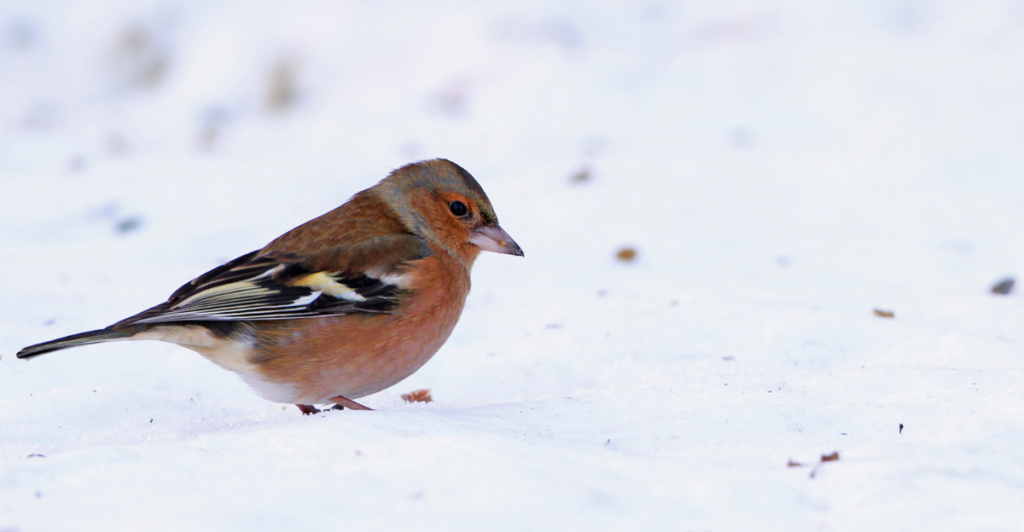
Certain birds enter a state of torpor during winter, slowing their body temperature and heart rate to conserve energy. Similar to hibernation, this strategy allows them to endure extreme cold. However, it also makes them more vulnerable to predators due to slower reaction times.
Shivering for Warmth
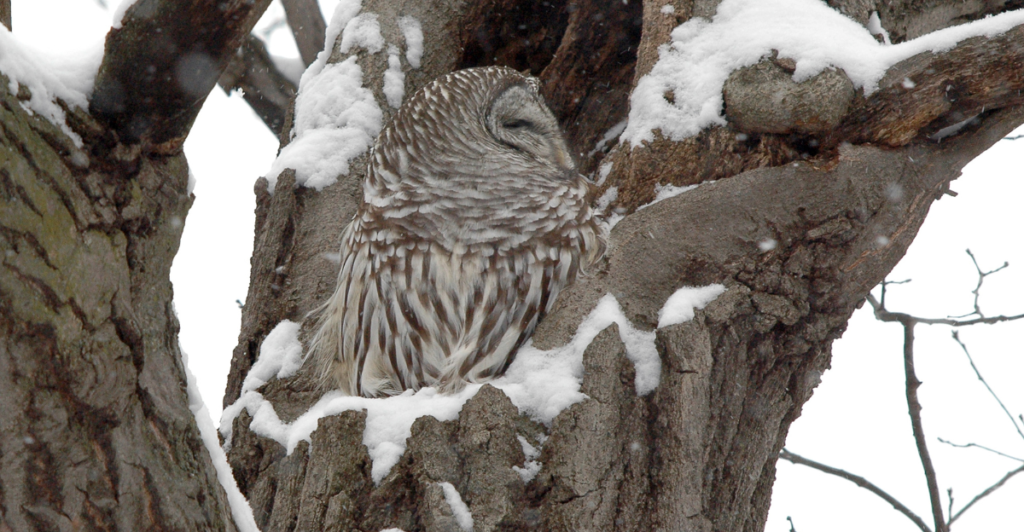
Shivering isn’t just for humans—birds use this mechanism to generate heat. With their high metabolic rates, birds burn significant energy to stay warm. For instance, Black-capped Chickadees can maintain a body temperature of 100°F even when it’s 0°F outside, thanks to their insulation and activity levels.
Fluffing Feathers to Trap Heat
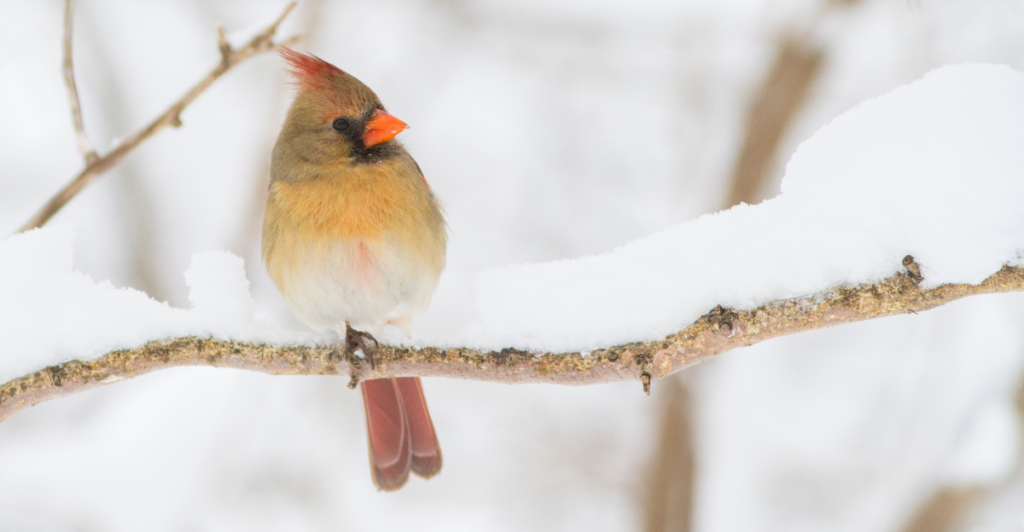
Birds often fluff their feathers in cold weather to trap pockets of air around their bodies. This technique creates an extra layer of insulation, keeping them warm. Clean, dry feathers are essential for this process, so preening plays a vital role in maintaining their effectiveness.
Roosting and Cuddling for Heat
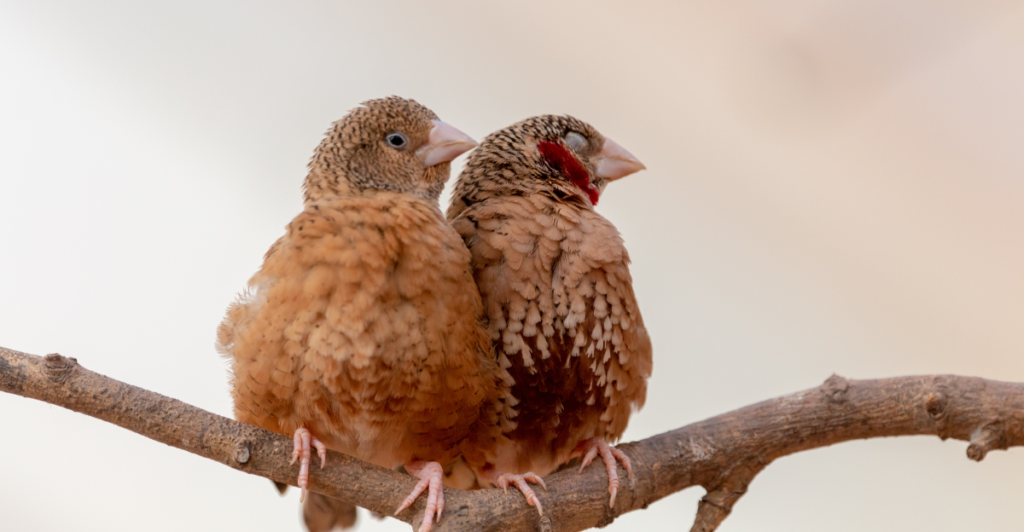
Some birds, like tree swallows, gather together in shrubs or trees to share body heat during winter. Others, such as woodpeckers and nuthatches, seek shelter in tree cavities or nest boxes. Larger birds, like crows, also flock together to stay warm in extreme conditions.
Tucking Feet and Bills
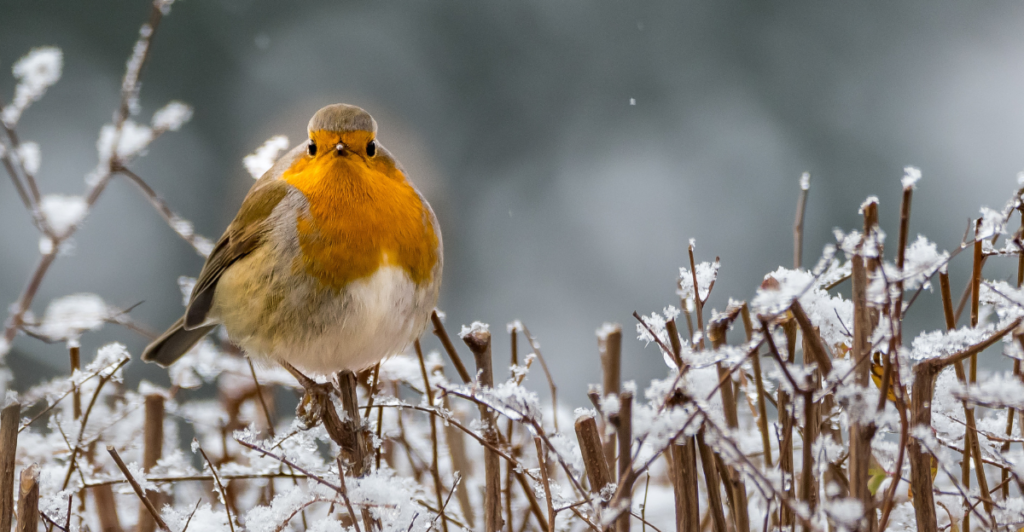
Waterfowl have a unique way of conserving heat by tucking their feet and bills close to their bodies. They use countercurrent heat exchange systems in their legs to prevent heat loss and often stand on one leg or sit to minimize exposure to the cold.
How You Can Help: Providing Food for Birds
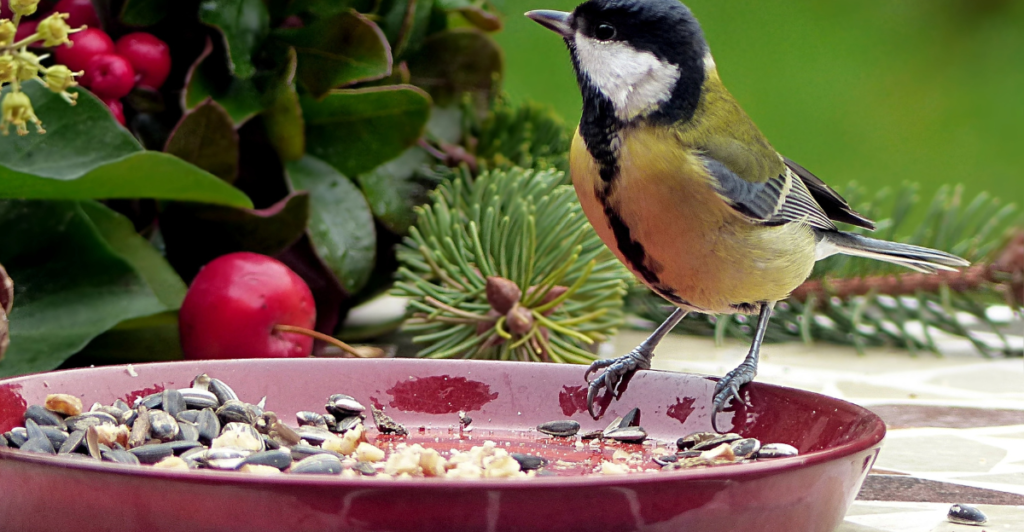
Helping birds survive winter starts with food. Stock bird feeders with high-calorie options like suet, Nyjer thistle, and black oil sunflower seeds. These energy-rich foods help birds generate the heat they need to endure freezing temperatures.
Offering Water in Winter
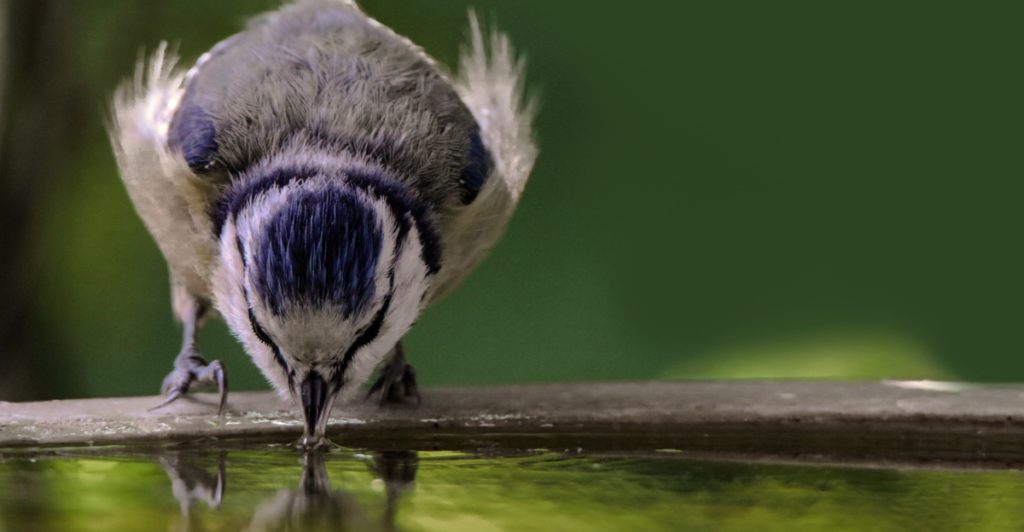
Water can be scarce in winter as natural sources freeze. Providing a reliable water source, such as a birdbath, ensures birds have access to hydration. Keep the water clean and replace it regularly to support their needs during the cold months.
Creating Shelter
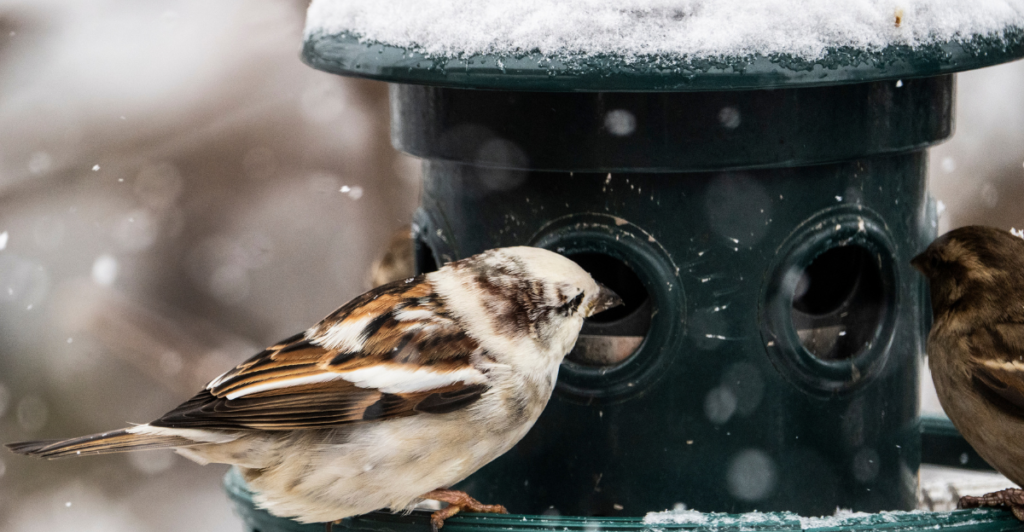
Shelter is critical for birds in winter. Birdhouses and roosting boxes provide warmth and protection from predators. Planting evergreen trees and shrubs offers additional cover, ensuring birds have safe places to escape harsh weather.
Planting for Sustenance
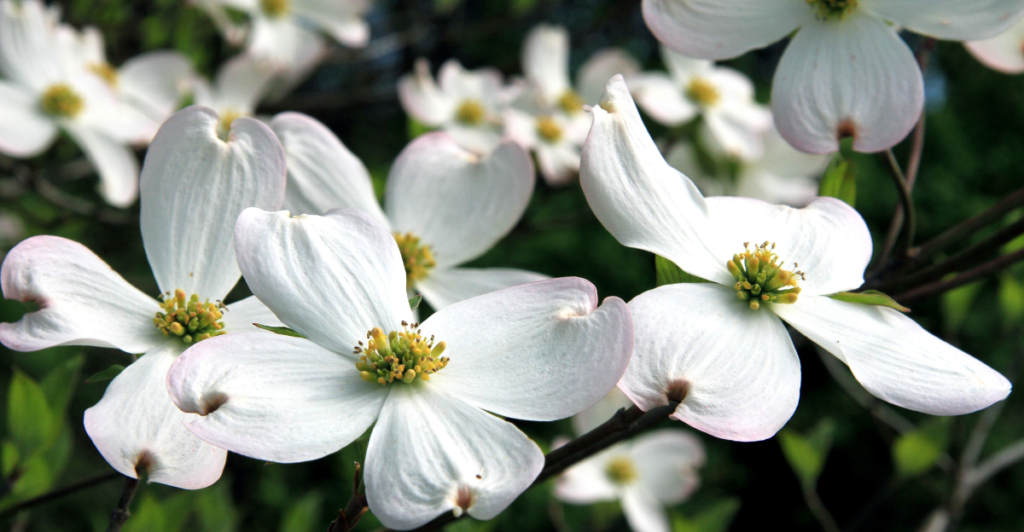
Native, fruit-bearing trees and shrubs like holly or dogwood can provide a natural food source for birds. These plants attract species like cedar waxwings and robins, giving them a reliable winter food supply while enhancing your backyard’s biodiversity.
Enjoying and Supporting Winter Birds
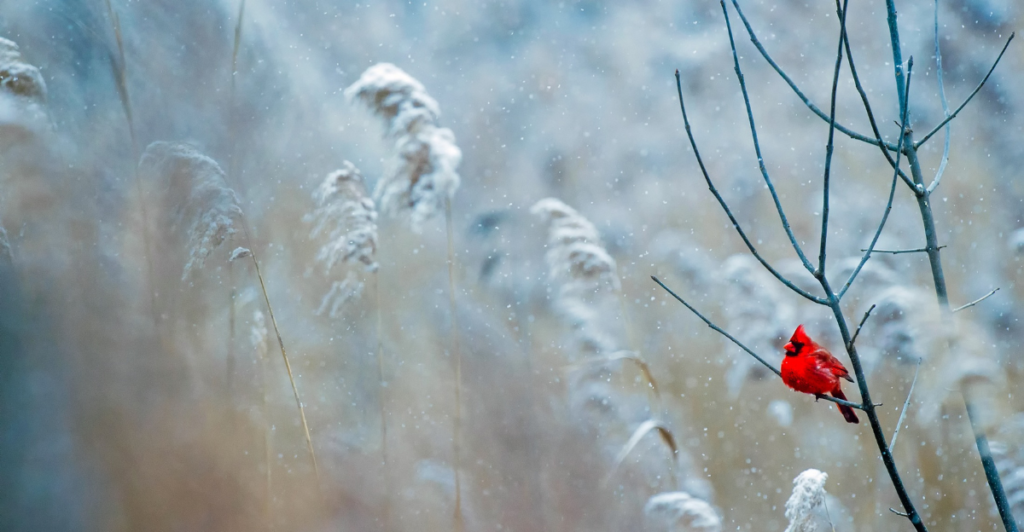
Birds are a delightful addition to any winter landscape. By offering food, water, and shelter, you not only support their survival but also enjoy their beauty and activity throughout the season. Share your efforts and bird-watching experiences with fellow enthusiasts to spread the joy of winter birding.
Discover more of our trending stories and follow us to keep them appearing in your feed

11 Strongest Animals On Earth and Where to Find Them
12 Bold Animals That Have No Fear of Predators – Nature’s Underrated Fighters
Tips for Bringing an Outside Cat Inside Before the Winter Comes
Best 14 Dog Breeds to Terrify Intruders
Stay connected with us for more stories like this! Follow us to get the latest updates or hit the Follow button at the top of this article, and let us know what you think by leaving your feedback below. We’d love to hear from you!







